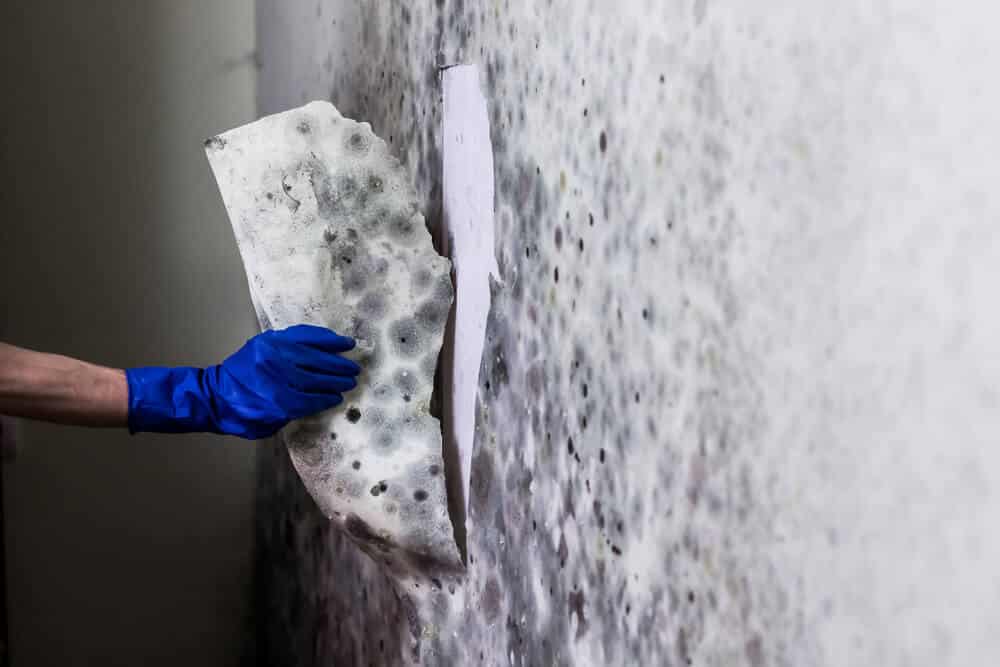Termites, while playing a crucial role in the ecosystem, pose a significant threat to residential structures. These relentless pests are capable of causing extensive damage to the structural integrity of homes, leading to costly repairs. Protecting your property from termite infestation is, therefore, paramount. This detailed guide outlines a five-step strategy to fortify your home against termites, ensuring its longevity and your peace of mind.

1. Proactive Prevention Measures
The foundation of termite prevention lies in eliminating potential entry points and making your home less attractive to these pests. Key areas of focus should include:
- Minimizing Wood-to-Ground Contact: Inspect your property for any wooden structures in direct contact with the soil, such as porch steps, decking, and fence posts. These are prime gateways for termites. Where possible, reduce wood-to-soil contact by using concrete bases or metal stands.
- Wood Treatment: Apply termiticides to wooden elements of your home, especially those exposed to the ground or outdoors. These pesticides penetrate the wood, creating a long-lasting barrier against termites and other wood-boring insects.
- Storage and Debris Management: Keep firewood, lumber, and organic debris away from your home’s perimeter. Such materials can attract termites, providing them with a convenient bridge to your house.
2. Early Identification and Action
Vigilance is key to preventing a full-scale termite infestation. Be on the lookout for signs of termite activity, which include:
- Visible Termite Swarms: Often the first indication of a termite problem is the sighting of swarmers or discarded wings near windowsills and doors.
- Mud Tubes: These pencil-sized tunnels are constructed by termites to protect them from predators and maintain a humid environment as they travel between their colony and food sources.
- Damaged Wood: Hollowed-out wood or wood that sounds hollow when tapped can indicate termite activity.
Should you notice any of these signs, promptly arrange for a professional inspection to ascertain the presence of termites and the extent of any infestation.
3. Effective Elimination Strategies
Upon confirmation of a termite infestation, immediate action is required to eliminate the colony and prevent further damage. There are two main approaches to termite eradication:
- DIY Solutions: Barrier treatments and bait stations can be effective for minor infestations. These methods involve creating a chemical or physical barrier around your home or using bait to poison the colony.
- Professional Pest Control: For severe infestations or peace of mind, engaging a professional pest control service is advisable. They utilize advanced techniques and products to ensure the complete eradication of the termite colony.
4. Commitment to Regular Inspections
Routine inspections by a pest control professional are essential in the early detection of termites and the prevention of future infestations. These inspections can identify potential problem areas and conditions conducive to termite activity, allowing for timely intervention.
5. Landscaping and Construction Considerations
Adjusting your landscaping and construction materials can significantly reduce your home’s vulnerability to termites:
- Termite-Resistant Materials: When building or renovating, opt for termite-resistant wood and construction materials. These can deter termites and prevent them from gaining access to your home.
- Water Management: Ensure proper drainage around your home to prevent water accumulation. Termites are attracted to moisture and are more likely to infest damp areas.
- Mulching Practices: Use termite-resistant mulch or alternative ground coverings near your home’s foundation. Some types of mulch can attract termites, so choosing the right materials is crucial.
Conclusion
Protecting your home from termites requires a multifaceted approach, combining prevention, vigilance, and prompt action. By implementing these five steps, homeowners can significantly reduce the risk of termite infestation, safeguarding their investment and ensuring the structural integrity of their property. Regular inspections and adopting termite-resistant practices in landscaping and construction further reinforce your home’s defenses against these destructive pests.





